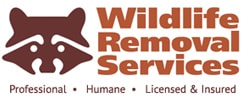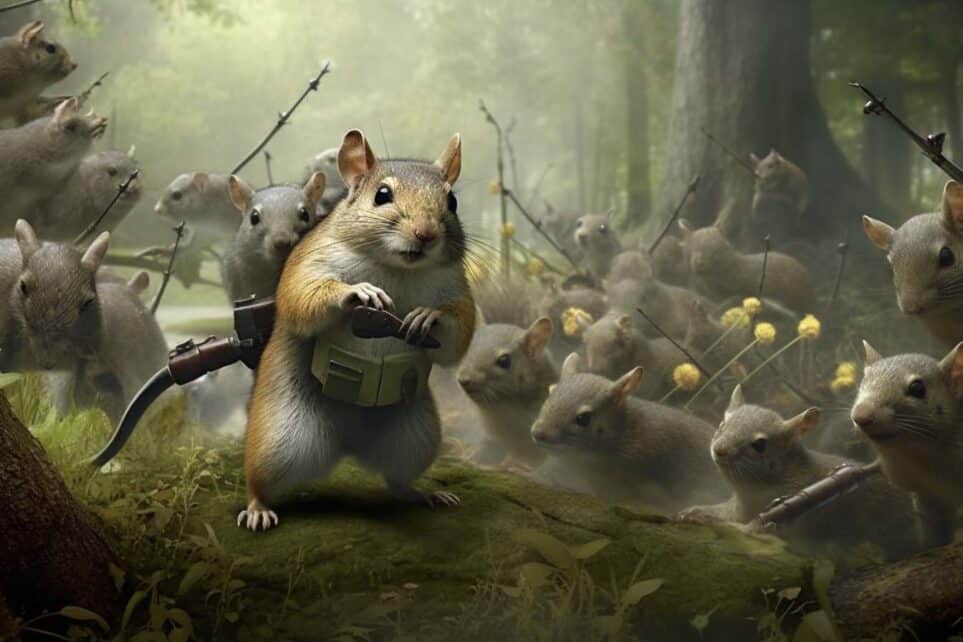Wildlife Pest Control: The Ultimate Guide to Tips and Strategies
Sharing our environment with wildlife can be beautiful, but it can also lead to conflicts when they become pests. From raccoons to squirrels to bats, many animals can cause damage to our homes, gardens, and health. In this article, we’ll provide you with the ultimate guide to wildlife pest control, including tips and strategies for preventing and resolving pest problems.
- Identify the pest: Before starting pest control, knowing what kind of animal you’re dealing with is important. Some animals, such as raccoons and squirrels, are active during the day and can be seen, while others, such as bats and rats, are active at night and are harder to spot.
- Understand the behavior: Once you know what kind of animal you’re dealing with, it’s important to understand its behavior. For example, raccoons are attracted to food sources, such as garbage cans and pet food. In contrast, squirrels are attracted to bird feeders and nuts. Knowing the animal’s behavior can help you prevent future problems.
- Prevent access: One of the most effective pest control strategies is prevention. Seal any entry points to your home, such as cracks, gaps, and holes. Keep your property clean and debris-free, and secure your garbage cans and compost bins.
- Use repellents: Many natural and commercial repellents are available that can deter animals from your property. These include hot pepper spray, predator urine, and motion-activated devices.
- Trapping: If prevention and repellents aren’t effective, you may need to trap the animal. It’s important to use humane traps and release the animal safely far from your property. Be aware that trapping wildlife can be dangerous and should only be attempted by professionals.
- Contact a wildlife pest control service: If you cannot resolve the pest problem independently, it’s important to contact a licensed wildlife pest control service provider, such as Wildlife Removal Services of Florida (phone: 561-212-9255). These professionals have the expertise and equipment to handle wildlife pests safely and humanely.
In conclusion, wildlife pest control is a challenging but necessary for homeowners who share their environment with wildlife. You can effectively manage wildlife pests by identifying the pest, understanding its behavior, preventing access, using repellents, and trapping when necessary. If all else fails, don’t hesitate to contact a professional wildlife pest control service provider for assistance. Remember, coexisting with wildlife is possible with the right strategies and tools.

